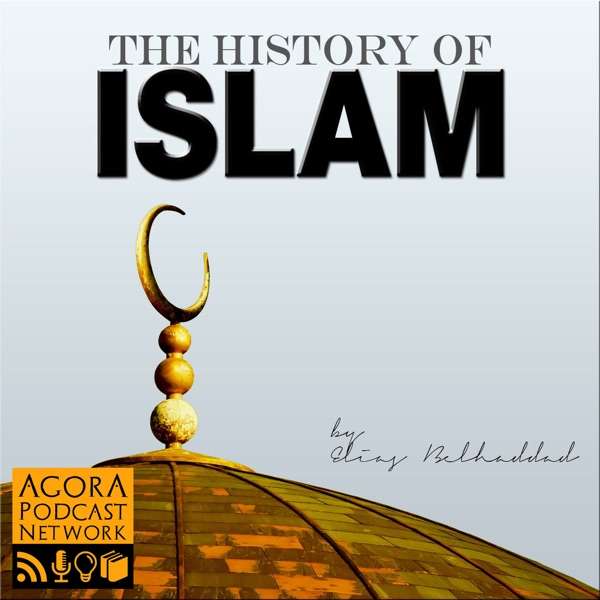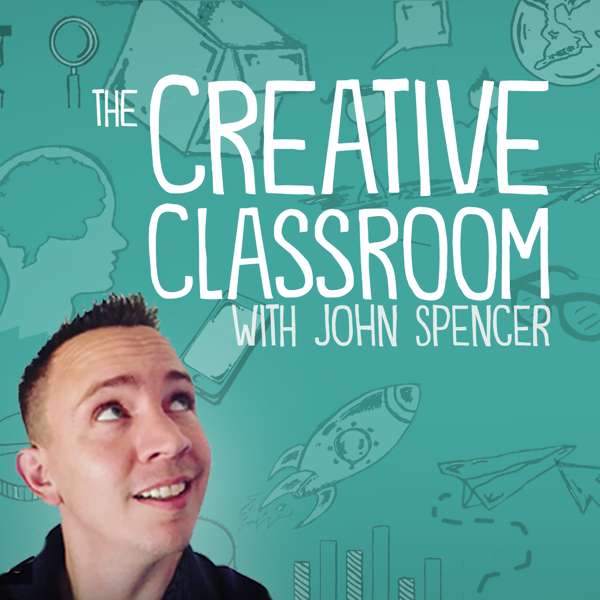In this Season 7 kickoff episode, Jeff and Michael discuss a wide array of headlines from the summer that have long-term impacts on higher education.
Key Moments
(0:00) - Intro
(2:49) - Michael Horn Book Update
(5:45) - "This year is about a new normal."
(6:55) - "The Pac-12 Collapsed Overnight"
(11:37) - "…you cannot outspend reality."
(17:00) - "The nation's best known public universities have been on an unfettered spending spree."
(19:23) - "These places are just devouring money, offering everything to everyone all at once is unsustainable."
(21:49) - "policy should be focusing on student outcomes…"
(24:30) - "I don't think they're going to negatively impact those liberal arts programs that in my view offer very valuable skills and credentials in the labor market."
(26:34) - "I think that was all fair. And I actually was shocked. I thought the article did a really good job of depicting the purpose of secret societies in my mind, which is really to broaden your social experience."
(30:45) - "it was a very patriotic, pro-American, deeply affected campus that doesn't accord at all with some of the allegations that were printed in the article."
(32:49) - "A Return of the Presidential Fitness Test?"
Relevant Links
Academy for Innovative Higher Ed Leadership
Colleges Spend Like There’s No Tomorrow. ‘These Places Are Just Devouring Money.’
Higher Ed Spending Problem Demands Attention No Matter Court’s Opinion
It’s time to rethink incentives for higher ed
Michael Horn’s Testimony to Congress
How Ron DeSantis Joined the “Ruling Class” - and Turned Against It
Summary
The ‘New Normal’
Jeff Selingo brings up what people are referring to as the ‘New Normal.’ He discusses the changes that higher education institutions, such as West Virginia University, are having to make to adapt to the changing landscape.
The 'New Normal' he describes is characterized by financial challenges, changing demographics, and shifting priorities in higher education. Selingo uses the example of West Virginia University, which is planning to cut more than two dozen programs to close a projected $75 million deficit by 2028. This deficit was largely due to overly optimistic enrollment goals that were not met. The university initially planned to cut all its language programs, but later decided to retain Spanish and Chinese, while graduate programs and math programs are still at risk.
Michael Horn brings up a related point regarding the demographics of college-aged students, particularly in the Northeast and Midwest, which are not favorable. This could be another aspect of the 'New Normal' that Selingo is referring to - universities having to adapt to changing demographics and potentially declining student populations. This example illustrates the 'New Normal' of universities having to make tough decisions and prioritize certain programs over others due to financial constraints and demographic shifts.
Selingo suggests that this trend is likely to continue as universities navigate the challenges and changes brought about by the pandemic, demographic changes and other factors. This 'New Normal' will require universities to reassess their strategies and adapt to new realities in higher education.
Conference Realignment
Jeff explains how the PAC-12 athletic conference collapsed overnight while attempting to secure a new television deal. This resulted in the University of Washington and the University of Oregon leaving for the Big 10, while the University of Arizona, Arizona State, and the University of Utah moved to the Big-12.
These moves were financially motivated as these universities needed funds to maintain their expenditures on coaches and facilities. Selingo suggests that the traditional linear television model, which presently provides significant funding, is on the decline. He also believes that streaming services like Apple could become a financial lifeline for universities by the end of the decade.
Selingo also links these events to the 'New Normal' in higher education. The changes in the PAC-12 and other athletic conferences can be seen as part of this broader shift in the higher education landscape.
Harvard's Opportunity Insights Project
Harvard's Opportunity Insights Project included a study conducted by economist Raj Chetty using data compiled by Open Campus. The study used tax records to measure the wealth of students attending various colleges. The top 1% in the study referred to families with incomes of $660,000 a year and above, while the top 0.1% were significantly higher.
The study found that at a group of 12 institutions, including the entire Ivy League, Stanford, Duke, MIT, and the University of Chicago, applicants from families in the top 1% were 34% more likely to gain admission than applicants with the same SAT and ACT scores from lower-income families. Those from the top 0.1% were more than twice as likely to be admitted.
The study didn't just focus on elite universities, but also included 139 institutions in total. The results showed that the ultra-rich are not only enrolling at Ivy League schools but also at other institutions further down the ranking, such as Elon or Wake Forest.
Public School Spending
Michael Horn discusses a Wall Street Journal article by Melissa Korn, Andrea Fuller, and Jennifer Forsyth, which detailed the spending spree of these institutions, stating "The nation's best known public universities have been on an unfettered spending spree."
The University of Kentucky was cited as an example, having upgraded its campus to the tune of $805,000 a day for more than a decade. A graphic indicated that spending has risen much faster than enrollment from 2002 to 2022, leading to increased spending per student. At the median flagship university, spending rose 38% over these two decades.
For every $1 lost in state support, the median school increased tuition and fee revenue by nearly $2.40. Michael argues that these universities, driven by prestige and revenue growth, lack economies of scale and tend to overspend. Horn also touches on the enrollment patterns of wealthy families, suggesting that attracting such families can have long-term implications for the universities' finances.
Ron DeSantis at Yale
Michael Horn shares about his experiences at Yale, especially in relation to the description given by Governor Ron DeSantis in a recent article, and his involvement in a secret society. Michael explains that the society serves as a way of opening up and introducing members to other students they would not have otherwise met, and presents an intimate way to broaden horizons. Horn mentions that these society members weren't his friends before, but many of them have since become close friends. He confirms that DKE, where DeSantis was a member, is known as the wilder fraternity on campus, mostly filled with athletes.
Horn disagrees with DeSantis' depiction of Yale as a place of fervent anti-Americanism, stating that his experience was different. He acknowledges that Yale leans more politically liberal but also points out there are conservative enclaves, particularly in the history department. It's not hard to express one’s opinion, even if it's not the majority view. Horn also discusses some of the social issues on campus during his time at Yale, including graduate students' efforts to organize as employees and concerns about Yale's clothing being made in sweatshops.
He suggests that the university environment might have changed since his time, possibly aligning more with DeSantis' allegations. However, he also recalls a statement from Rick Levin who said, "Look, the Wall Street Journal is going to print what it prints about Yale. And they have this view that is so out of touch with the majority experience on campus that you just can't read too much into it." While Horn senses that the campus culture has changed, he advises caution when extrapolating too much from these articles, which tend to generalize and create caricatures. Lastly, Horn notes that the 9/11 attacks occurred after DeSantis' time at Yale, during his own senior year, which may have influenced the campus culture and experiences of students.
Recommendation by Vivek Ramaswamy - The Presidential Fitness Test
Michael and Jeff express skepticism about Vivek Ramaswamy's recommendation to bring back the Presidential Fitness Test as a section of the SAT. Selingo, after delving into the history of the test and its components, acknowledges the importance of physical activity for students but dismisses the idea of its relevance as a criterion for college admission. He suggests that this proposal shouldn't be given any more attention. Both Jeff and Michael seem to view the idea as a distraction from more important topics related to college admissions.

 Our TOPPODCAST Picks
Our TOPPODCAST Picks  Stay Connected
Stay Connected








